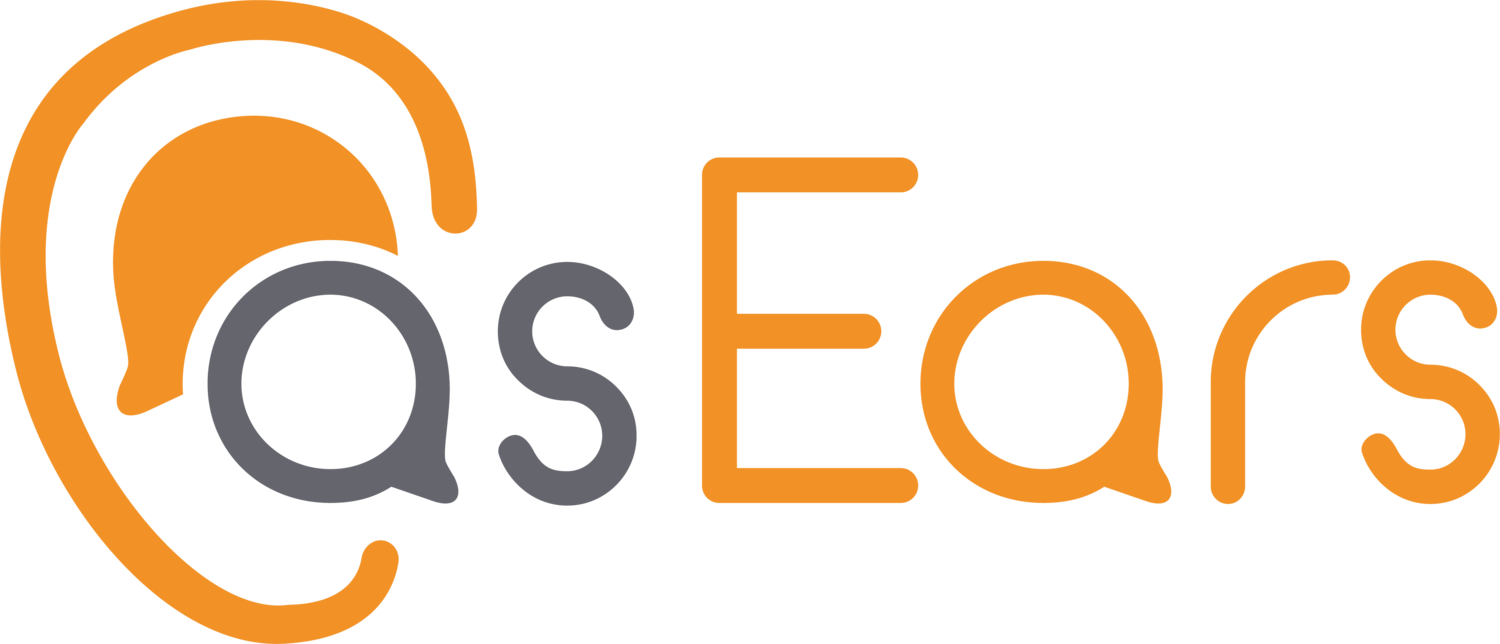Maybe some of you have come up with someone you know who has SSD, or perhaps you yourself have SSD. It is NOT unusual because, according to one study*, it is estimated that more than 7% of adults in the U.S. have a certain degree of SSD!!
To most people, this number might be beyond imagination. Some might say there are not many people with SSD around them. However, even though you think none of your acquaintances have SSD, it does not mean that they actually do not have SSD.
Unlike people with bilateral hearing loss whose ears are both impaired, people with SSD can hardly be distinguished in daily lives because they act and speak normally. Besides, In fact, many of people with SSD are reluctant to tell others about their symptoms. Some people say it is hard to talk about SSD, even to their best friend. The reason for this may be because SSD is not fully recognized by many people.
*Goman, A. M., & Lin, F. R. (2016). Prevalence of Hearing Loss by Severity in the United States. American journal of public health, 106(10), 1820–1822. https://doi.org/10.2105/AJPH.2016.303299
Among all the problems people with SSD have, what they are suffering from most is the inability to tell speech in noisy situations. In social situations like parties, they are really struggling to hear what others say, and sometimes miss words spoken to them.
People with SSD are always at risk of ignoring someone calling or talking to them. To avoid it in social situations like parties, they try to do what few things they can, like sitting at a certain corner of the table so that voices of all other people come from the angle they can hear. Sadly, however, these are not enough. Many people with SSD recognize this but can do nothing more, feeling sorry for the people around them.
Where does the speech recognition problem people with SSD have come from?
There are some reasons why humans have two ears.
Left ear catches sound from the left side, and the right ear catches sound from the right side more efficiently. Having two ears enables us to listen to sound coming from a wide range of angles.
When listening to a weak sound source, sounds arrived at two ears are summed up so that the wearer of asEars can hear more clearly.
Sound localization ability is increased using two ears. Imagine stereo audio recordings. By just using two microphones when recording, the information where the sound came from is preserved pretty well.
Our brains make use of two ears in order to selectively listen to what we want to listen (e.g., speech) and filter out unwanted sound.
Losing hearing from one ear means that all these features of our ears become completely or partially unavailable. In fact, people with SSD have more difficulty listening to speech in noisy situations than many people think.
Is there no solution to this problem? Actually, there are. The most powerful solution for SSD are hearing aids.
Hearing aids for severe SSD is called CROS (Contralateral Routing Of Signals) hearing aids. Typical hearing aids pick sound coming from the deaf side and transmits amplified sound to that ear. In contrast, CROS hearing aids pick sound coming from the deaf side and transmit it to the other ear that is functioning. If the hearing in one ear is severely impaired, even a high-power normal hearing aid is not sufficient. Using CROS hearing aids solves the problem by transmitting sound to the functioning ear.
The downsides of CROS hearing aids are their price and appearance. CROS hearing aids are costly, like standard hearing aids, around $1000 - $3000. CROS hearing aids look identical to regular hearing aids, and many people with SSD do not dare to wear hearing aids while they can listen to sound without hearing aids.
Thus, we thought that an affordable and stylish solution is needed. This is why we are developing asEars.





